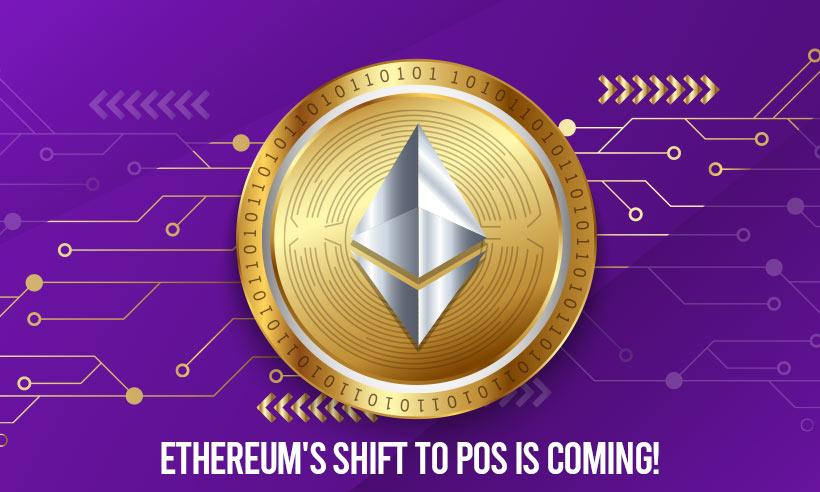Jun 16, 2022
The Merge- Ethereum Might Shift to Proof-of-Stake Mechanism Sooner Than We Think
.
Disclaimer: The views and opinions expressed in this article are for informational purposes only and do not constitute financial, investment, or other advice. Investing in or trading crypto assets comes with a risk of financial loss.
Oluwademilade Afolabi is a freelance writer and editor passionate about blockchain technology and the health industry. He is a 6th year medical student, and has worked with various companies and blogs since the blockchain revolution began.
